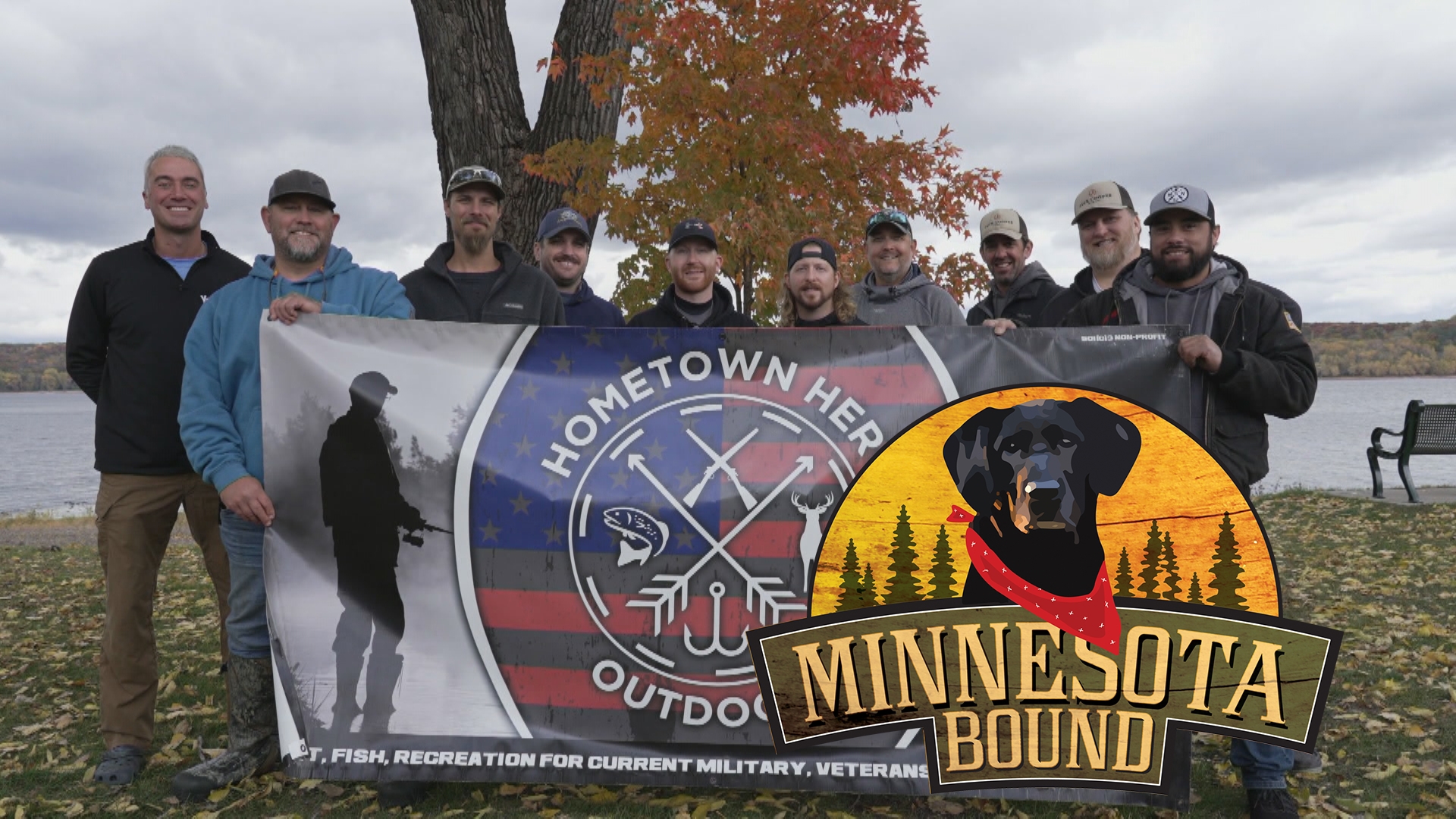ST PAUL, Minn. — The Minnesota Department of Natural Resources (DNR) is giving hunters two more chances to bag a deer by announcing a pair of special winter hunts designed to contain the devastating effects of chronic wasting disease (CWD).
Both resident and non-resident hunters can purchase an unlimited number of disease management permits for the hunts, which take place in southeastern Minnesota Dec. 26-27, and Jan. 2-3. Deer may be taken in permit area 343, the entire southeast management zone (deer permit areas 643, 645, 646, 647, 648, 649, 655) and the south metro management zone (deer permit area 605).
“Special hunts are an important tool in disease management, allowing us to focus on specific areas where disease has been detected and reduce deer densities in targeted areas,” said Barbara Keller, big game program leader.
Hunters can use either guns or bows, but must submit a sample from any deer they harvest to a self-service sampling station. In Minnesota's regular 2020 deer hunting seasons submitting samples was strongly encouraged, but not required.
Here are some other things prospective hunters should know:
- Hunters must have a valid hunting license and use the appropriate weapon that matches the license to use any unfilled permits from 2020 deer hunting seasons. A disease management permit can also serve as a standalone license.
- They may purchase an unlimited number of disease management permits. During special hunts, these permits are valid on deer of either sex.
- Archery hunters participating in the archery season that continues during the special hunts must submit samples for any deer harvested in the permit areas open for the special hunts.
- Private land makes up most of the area within the hunt area and hunters must have landowner permission to hunt that land.
- Some state parks, state scientific and natural areas, and federal lands will be open to hunting, with some exceptions or permit requirements. Please visit the special hunts webpage for information.
Special hunts are part of the DNR’s three-pronged CWD management approach. Because the disease is spread through direct contact with an infected deer’s saliva, urine, blood, feces, antler velvet or carcass, reducing deer numbers in localized areas helps lower deer densities – the number of deer per square mile – and remove CWD-positive animals.
For more on the upcoming special deer hunts, check out a special section on the DNR website.



